Jacen's Blog
Return of the PSP Go? - Anbernic RG Slide Review
November 1, 2025
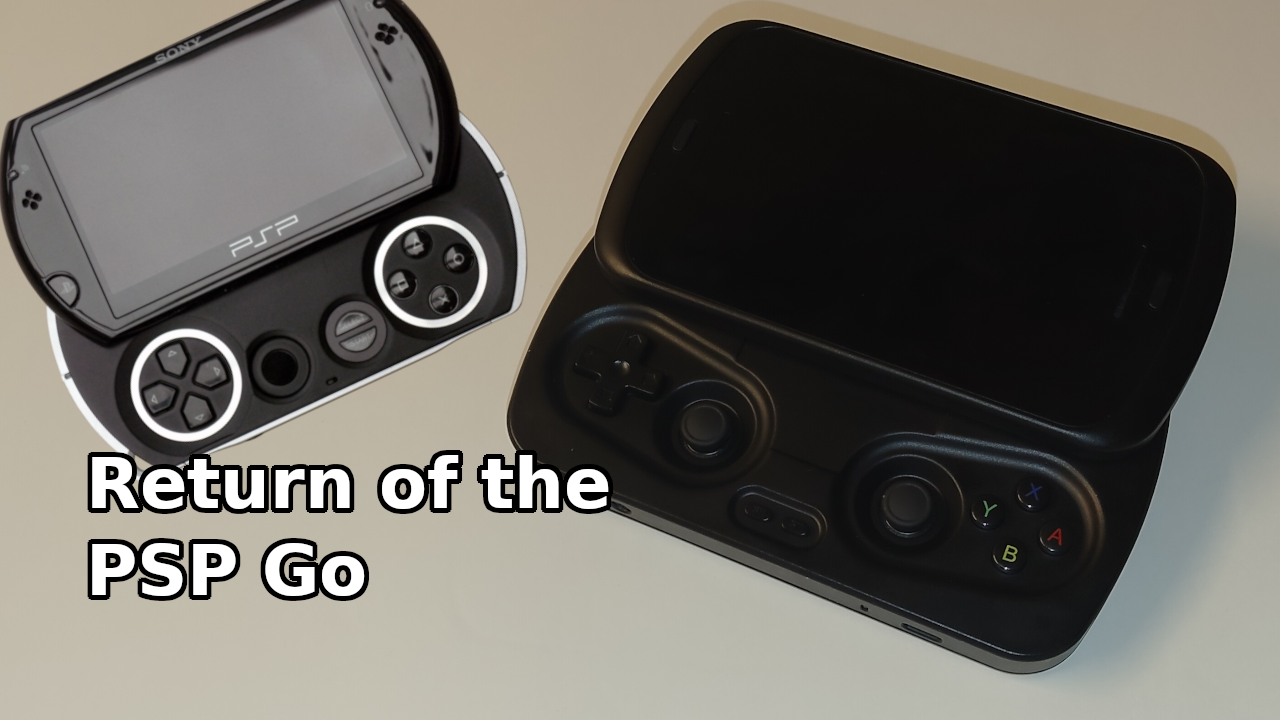
This review contains affiliate links to some of the products mentioned.
I've mentioned before my love of handheld computers. It's something of a problem for me. So, when I saw the Anbernic RG Slide come across my news feed, I felt like I needed to give it a test drive. Is this PSP Go lookalike worth the money, or is it doomed to share the fate of its doppelganger?
The Unboxing
For a sketchy Chinese handheld, the box comes quite well equipped. In the box, you'll find the RG Slide itself, a USB-C-to-A cable, a glass screen protector, and two sets of rubber thumb stick covers. You'll also receive a nondescript microSD card if you decide to purchase that option. Since the screen on the RG Slide is very exposed, you'll probably want to apply the screen protector if you plan to throw the Slide into a bag or pocket. As far as charging cables go, I would have liked to see a C-to-C cable rather than a C-to-A.
The RG Slide feels pretty big initially, although compared to my daily carry Nintendo 2DS XL, it's not really that much larger, both in size and thickness. You may still have a tough time getting it to fit into a smaller pocket, but it should fit fairly comfortably into a jacket or backpack.
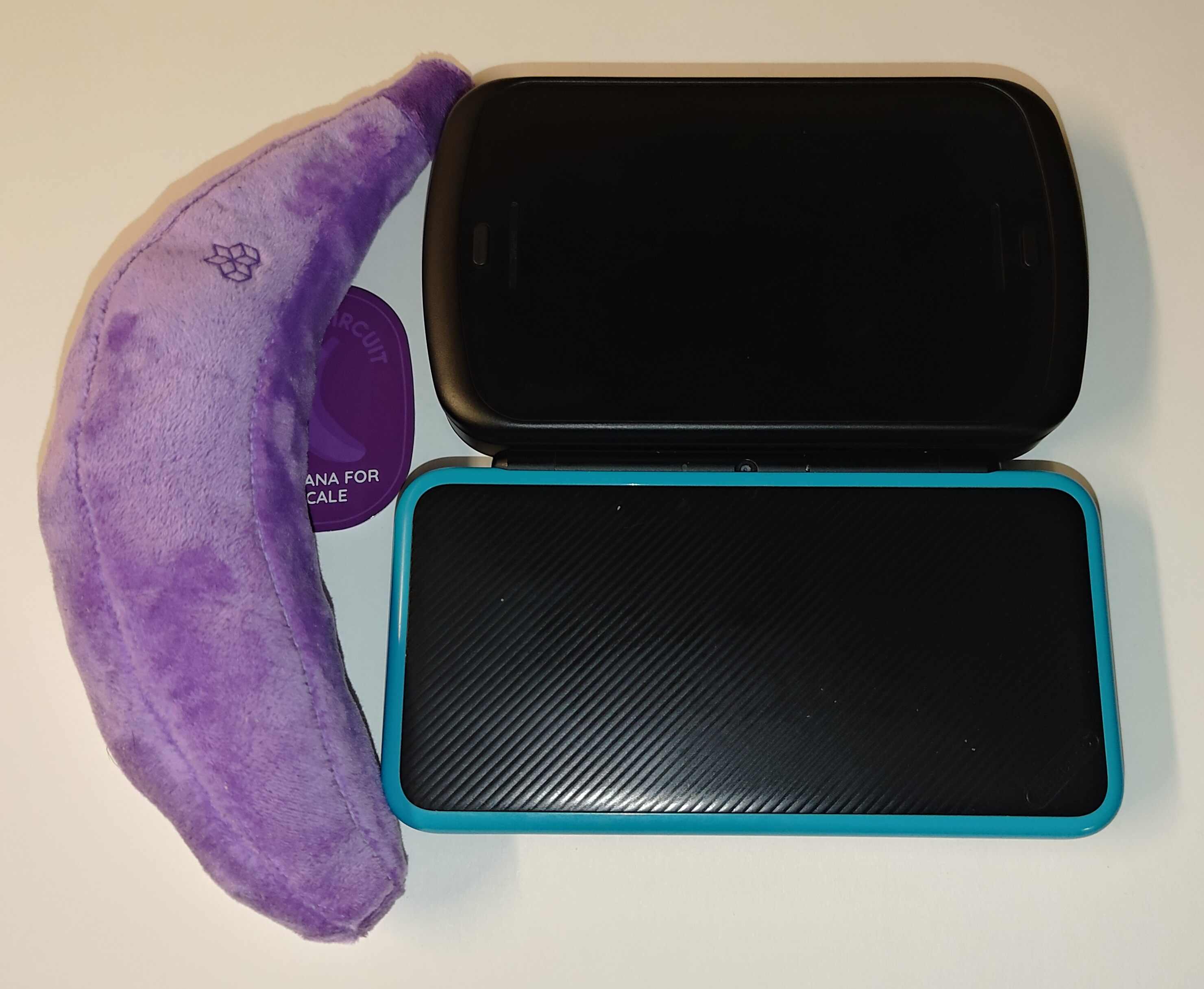

The RG Slide weighs in at 379 grams, but the weight distribution makes it feel fairly heavy during use. I had initially assumed that it was due to the cooling solution (more on that in a moment), but after looking inside, I think most of the weight is in the screen.
The Hardware
The main gimmick, of course, is the sliding mechanism. It takes quite a bit of force to slide the screen up, making it somewhat difficult to activate accidentally and creating a very satisfying experience when you do.
The sliding mechanism reveals the RG Slide's gamepad, comprised of a d-pad, two capacitive analog sticks, a start and select button, and face buttons arranged in the Nintendo layout. These buttons can be changed to the Xbox layout in software as long as you don't mind the labels no longer matching the functions. Along the top of the device are the remaining buttons, two sets of shoulder buttons. For the most part, the buttons are satisfying to press, and I don't have any complaints with them.
I do, however, have complaints with the ergonomics. The placement of the buttons makes holding it pretty cramped. Combined with the heavy weight of the RG Slide, it becomes pretty fatiguing to use even for short periods of time.
Along the sides of the device, you'll find the power button, volume rocker, and microSD card slot. Along the bottom are a 3.5 mm headphone jack, charging indicator light, and the USB-C port. This port does power and data, and even supports video output if you'd like to mirror your gameplay to a monitor or a capture card.
The screen is a 4.7-inch touchscreen. The maximum brightness for the screen is pretty high, so it should be quite usable even in direct sunlight. The screen runs at up to 120 Hz, although that probably won't be particularly useful if you're using it primarily as an emulation handheld.
On either side of the screen are the RG Slide's stereo speakers. They can be best described as "unimpressive". While probably sufficient for retro games, you'll likely want to stick with headphones.
Also on the sides of the screen are the combination back/home button on the right and the function button on the left. Despite the name, the function button doesn't appear to be remappable, and it only usable for toggling the RG Launcher (more on that later). I feel like it might have been better for navigation to make the function button a second navigation button to make the home and back buttons separate.
The device is powered by a Unisoc T820 SoC, featuring an 8-core CPU, 4-core GPU, and 8 GB of RAM. It comes with 128 GB of internal storage, expandable via the SD card slot.
The RG Slide's internals are easily accessible by removing just four hex screws (although I, personally, would have preferred normal Philips screws). Inside, a lot of the parts seem to be pretty easily replaceable, assuming you can find replacement parts, which is a pretty nice touch.

Inside, you'll see the RG Slide's cooling solution, a heat pipe that directs heat from the SoC to be cooled by what appears to be a 30 mm fan. At that size, you'd expect the fan noise to be fairly obnoxious. However, it's actually practically inaudible from the front, and really only noticeable from the back if you're extremely close to it.
You'll also see the 5000 mAh battery that powers the device. Anbernic claims around 6 hours of battery life. The RG Slide seems to be very efficient in sleep mode, so if you turn the Wi-Fi off and leave it alone for a few days, you should have plenty of battery left for a play session.
The Software
The RG Slide is powered by Android 13, putting it a few versions out of date. While not too big of an issue for offline emulation use, it could be a concern if you ever decide to connect it to your Wi-Fi.
As an emulation-focused device, the RG Slide comes packed with plenty of preinstalled emulators. Some you may be familiar with, and some are more obscure. For the most part, performance across the board is pretty solid, although 3DS emulation had noticeable stutters in Citra when loading shaders and was basically unusable when trying to use Azahar.
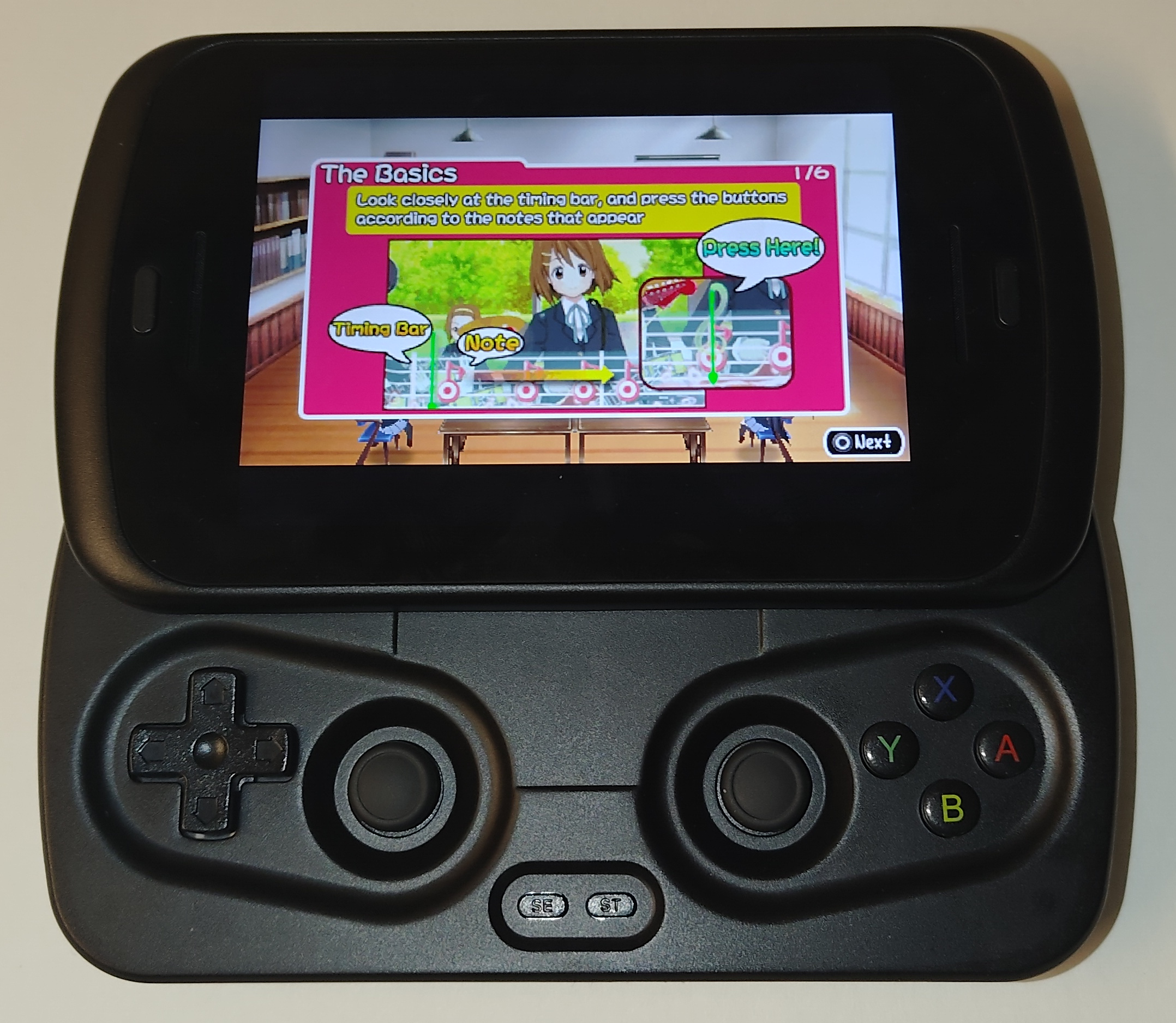
Further cementing the Slide as an emulation device is the RG Launcher, which categorizes your ROMs based on console and lets you easily find and launch them. It's controller-friendly and convenient for quickly launching your games.
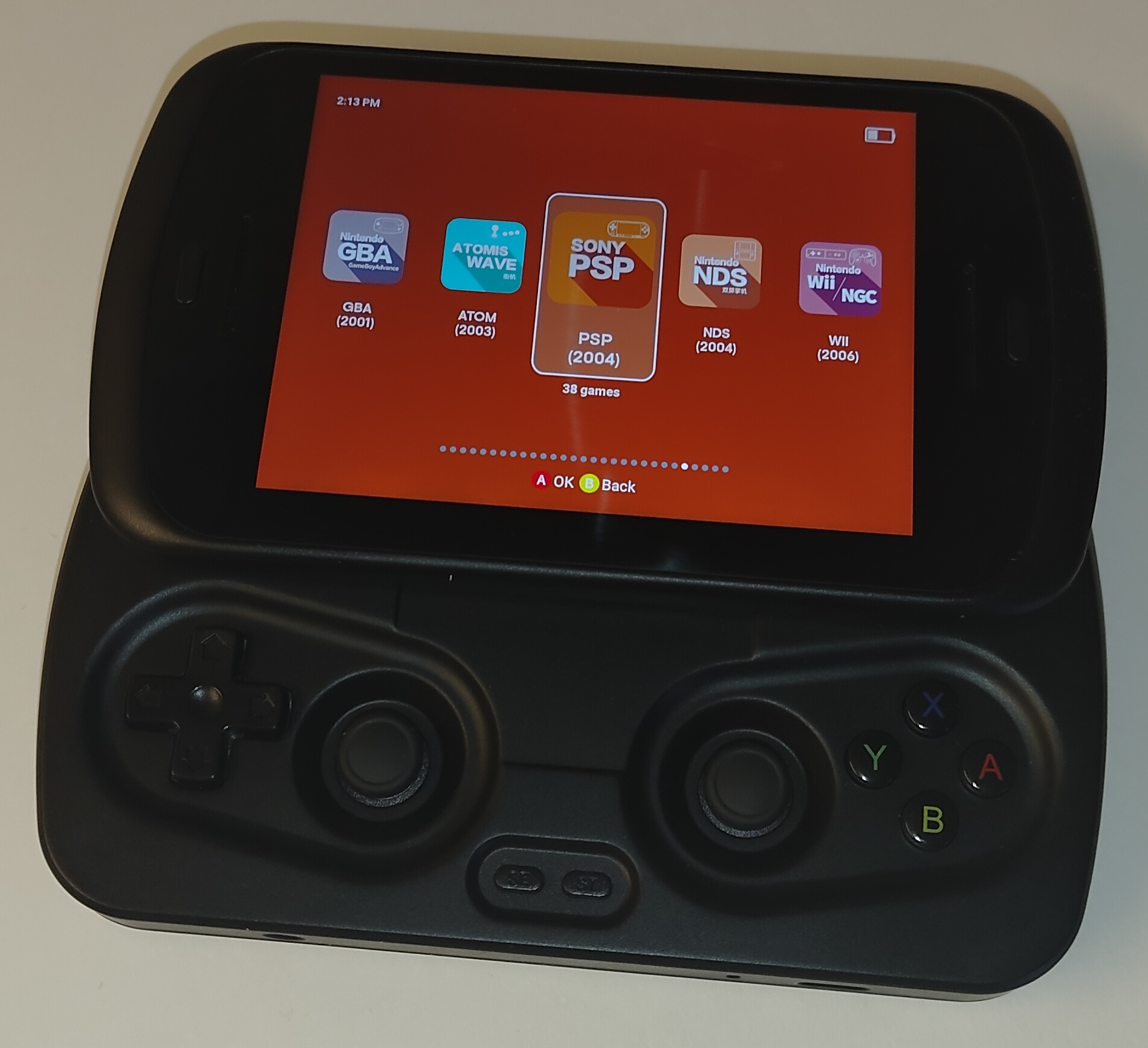
I went with the 128 GB SD card option, assuming I would just be receiving a blank SD card. However, in typical fashion for these kinds of handhelds, it actually came packed with various games. If you're not interested in these dubiously acquired games, you're probably better off providing your own SD card from a more reputable brand, since I can't vouch for the performance or reliability of this generic-brand card.
Notably, the RG Slide comes preinstalled with Google Play. Many times, these kinds of Chinese Android devices aren't actually Google Play certified, requiring you to manually activate them with a developer account. The RG slide, however, does seem to have proper certification, meaning the Play Store will work out of the box (although how much you trust the device with your Google account is another matter). This means the RG Slide can easily be used as a normal Android tablet, not just an emulation device.
In my small test suite of casual mobile games, performance was more or less acceptable. Issues mostly manifested as frame drops, which, while distracting, are less disruptive than stutters or freezes. Blue Archive performed pretty consistently, Project Sekai suffered from some occasional minor frame drops, and Honkai Star Rail seemed to struggle at higher quality settings and in more graphically intense scenes.
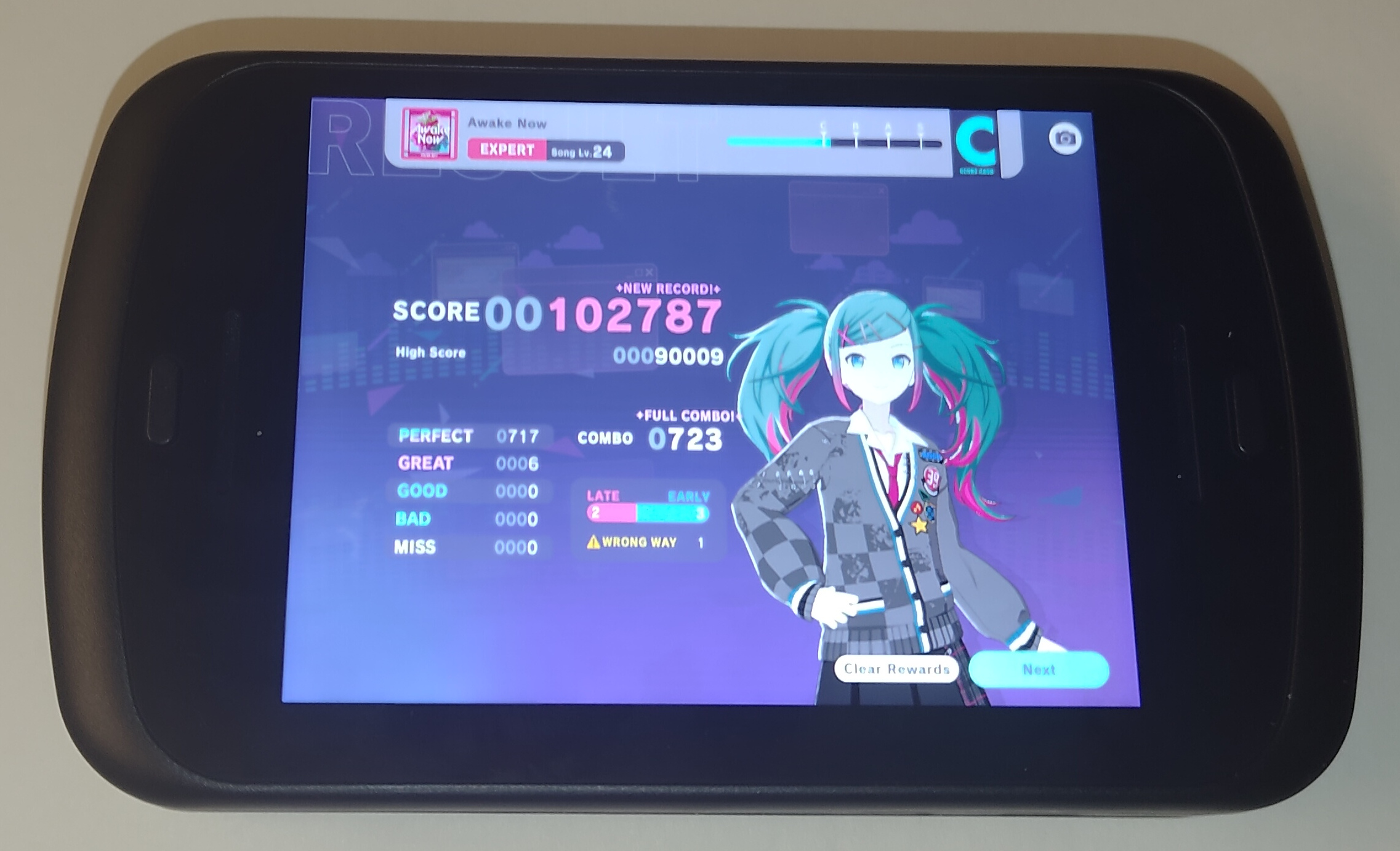
The RG Slide also comes with a Moonlight client preinstalled. This lets you stream games from your computer, making it a potential option as a game-streaming handheld if that's something you're in the market for.
Like many companies, Anbernic is trying to shoehorn AI into their products. However, part of the AI suite is an OCR translation function. Real-time OCR translation is something I've been struggling to find a solution for in normal Android, and, while Anbernic's solution isn't real-time, it's certainly more convenient than sending hundreds of screenshots to Google Translate.
Conclusion
The RG Slide is a neat little device that, like all of these kinds of Android-powered handhelds, suffers from one fatal flaw: you already have a smartphone.
The MSRP for the RG Slide on AliExpress is $575 USD, although I highly doubt it ever goes for above $200 in practice. However, even at the reduced price, your phone is already in your pocket right now, with no extra purchases required.
Even if you do prefer the physical gamepads to touchscreen buttons, the ergonomics of the RG Slide make it difficult to recommend for that purpose as well. And, while it does double as a general-purpose Android tablet, you once again already have a phone that can fulfill the same purpose.
At the end of the day, the RG Slide is a capable enough Android tablet with a cool party trick, but that alone isn't enough to make it compelling enough to recommend.
